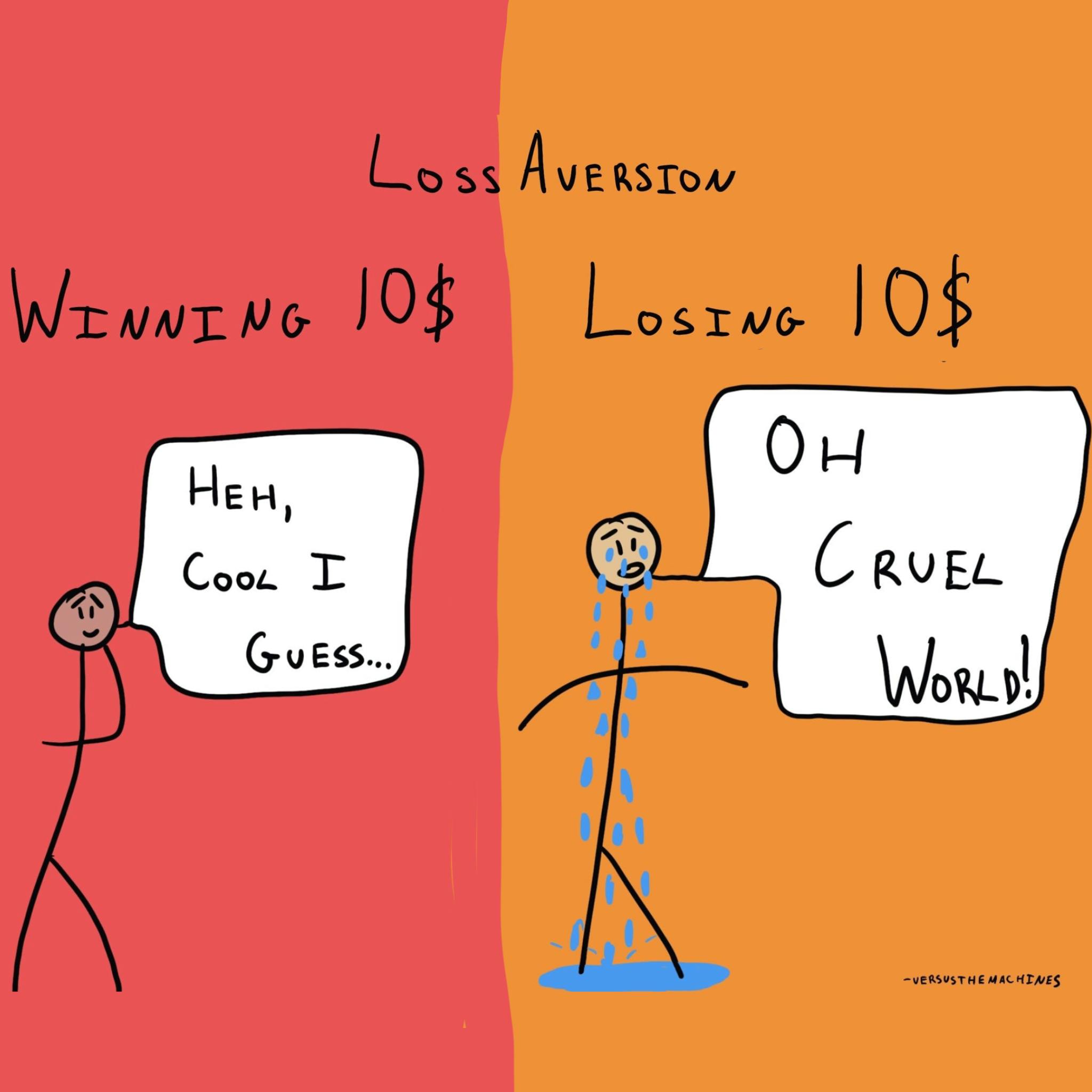Did you know that the average person spends about six months of their life waiting for red lights to turn green? Similarly, traders can find themselves waiting for the right moment, but using stop-loss orders might just turn that wait into a missed opportunity. In this article, we dive into the nuances of stop-loss risks, examining how they can inadvertently limit potential gains, especially in volatile markets. We’ll explore the impact of stop-loss orders on day trading strategies, the psychological effects on traders, and the delicate balance between protecting capital and capturing opportunities. Additionally, we’ll discuss the implications of tight versus loose stop-loss placements and whether alternatives might serve traders better. At DayTradingBusiness, we’re here to help you navigate these critical decisions for more effective trading.
Can stop-loss risk cause missed trading opportunities?
Yes, tight stop-losses can trigger early exits, causing you to miss bigger moves and potential profits. If the market spikes or reverses quickly, your stop-loss might close your position before the trend fully develops. This risk means you could miss out on a profitable rally or decline that exceeds your predetermined stop level.
How does setting a stop-loss limit potential gains?
Setting a stop-loss limits potential gains because it automatically sells your position when the price drops to a certain point, preventing further profit if the market reverses. This protective measure can cut into gains if the stock continues rising after hitting the stop-loss. It’s a trade-off: protecting against big losses but potentially missing out on larger upside moves.
Can stop-loss orders prevent profits in trending markets?
Yes, stop-loss orders can prevent profits in trending markets because they might trigger and close a position before the trend fully develops, causing you to miss out on larger gains.
Does using a stop-loss increase chances of missing out on big moves?
Yes, using a stop-loss can cause you to exit a trade prematurely, missing out on big moves if the price briefly hits your stop but then continues in your favor.
How can tight stop-losses lead to premature exits?
Tight stop-losses can cause premature exits by triggering sales during normal market fluctuations, not just true reversals. When prices dip slightly below your stop level, the position closes before the trend has fully played out, causing missed gains. This often happens in volatile markets where small swings hit tight stops, forcing you out before the asset recovers or moves further in your favor.
Are stop-loss risks higher in volatile markets?
Yes, stop-loss risks are higher in volatile markets because rapid price swings can trigger stop-loss orders prematurely, causing you to exit positions just before a rebound. This increases the chance of missed opportunities for gains during sudden market swings.
Can stop-loss placement impact long-term trading success?
Yes, placing a stop-loss can cause missed opportunities if it triggers prematurely during market volatility, potentially cutting profits short. Proper stop-loss placement balances risk management with allowing enough room for normal price fluctuations, which is crucial for long-term trading success.
How do stop-loss risks affect day trading strategies?
Stop-loss risks can cause traders to exit positions prematurely, missing potential gains if the market moves favorably afterward. Tight stop-losses might prevent larger profits, while wide ones increase the chance of significant losses. This risk forces traders to balance protecting capital with staying in trades long enough to capture gains. In day trading, setting stops too close can lead to frequent exits from promising setups, reducing overall profitability. Conversely, too loose stops risk larger losses, which can wipe out gains and limit long-term success.
Is there a balance between stop-loss risk and opportunity capture?
Yes, setting a tight stop-loss limits risk but can also cause you to miss potential gains if the price briefly dips before rising. Conversely, a wider stop-loss captures more upside but increases exposure to bigger losses. Finding the right balance involves adjusting stop-loss levels to protect capital while allowing room for normal market fluctuations.
Can over-reliance on stop-losses hinder portfolio growth?

Yes, over-reliance on stop-losses can hinder portfolio growth by triggering premature exits during market volatility, causing missed recovery opportunities. Constantly hitting stop-loss levels may lock in losses and prevent capturing long-term gains when the market rebounds. It can also lead to frequent small losses that eat into overall returns, limiting the portfolio’s growth potential.
How does stop-loss risk influence trader psychology?
Stop-loss risk can cause traders to hesitate or second-guess their decisions, fearing premature exits. This anxiety may lead to missed opportunities if traders delay closing positions or avoid placing stop-loss orders altogether. Conversely, the fear of hitting a stop-loss can make traders overly cautious, causing them to exit trades too early and miss potential gains. Overall, stop-loss risk influences trader psychology by creating stress that affects decision-making and risk tolerance.
What are the disadvantages of tight stop-losses?
Tight stop-losses can cause you to get prematurely stopped out on normal market volatility, missing the chance for the trade to develop profitably. They may trigger frequent exits, increasing transaction costs and reducing overall gains. During sudden price swings, tight stops can be hit quickly, forcing you out of trades before the trend fully unfolds. This approach can also lead to emotional stress, making it harder to stick to your strategy and increasing impulsive decisions.
Can loose stop-losses lead to larger losses and missed gains?

Yes, loose stop-losses can cause larger losses if the market moves quickly past your stop, and they can also result in missed gains if the stop is set too far and the position is closed prematurely during normal volatility.
How do stop-loss risks vary across different asset classes?
Stop-loss risks differ across asset classes because of their volatility and liquidity. In stocks, tight stops can trigger early, causing missed rebounds. Bonds have lower volatility, so stop-loss orders might stay unfilled or trigger unexpectedly in volatile markets. Cryptocurrencies are highly unpredictable; tight stops may lead to frequent exits, missing potential gains. Commodities fluctuate based on global events, making stop-loss placement tricky—too tight risks early exit, too loose risks big losses. Overall, diverse assets require tailored stop-loss strategies to balance risk and opportunity, but overly strict stops can cause you to miss profitable moves.
Are there better alternatives to traditional stop-loss orders?
Yes, alternatives like mental stops, trailing stops, or options strategies can reduce the risk of missed opportunities caused by traditional stop-loss orders. These methods offer more flexibility and can adapt to market swings, preventing premature exits and capturing gains. For example, a trailing stop moves with the price, locking in profits while allowing for potential upside.
Conclusion about Can stop-loss risk lead to missed opportunities?
In conclusion, while stop-loss orders are essential for risk management in trading, their placement and settings can significantly impact potential gains and trading opportunities. Striking a balance between protecting your capital and allowing for market fluctuations is crucial. Understanding the nuances of stop-loss risks can enhance your trading strategy and decision-making. By leveraging insights from DayTradingBusiness, traders can navigate these challenges more effectively and optimize their trading performance.